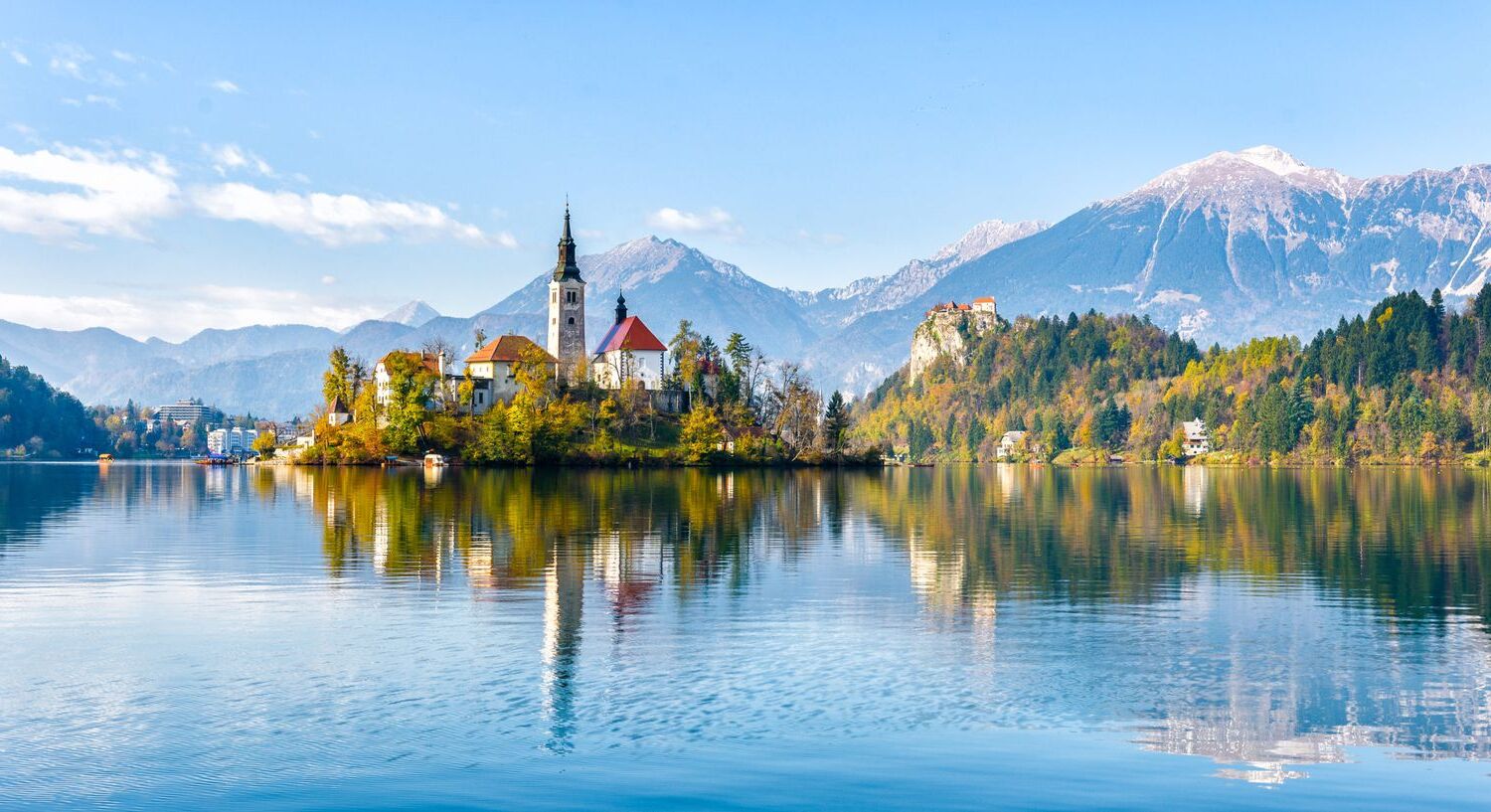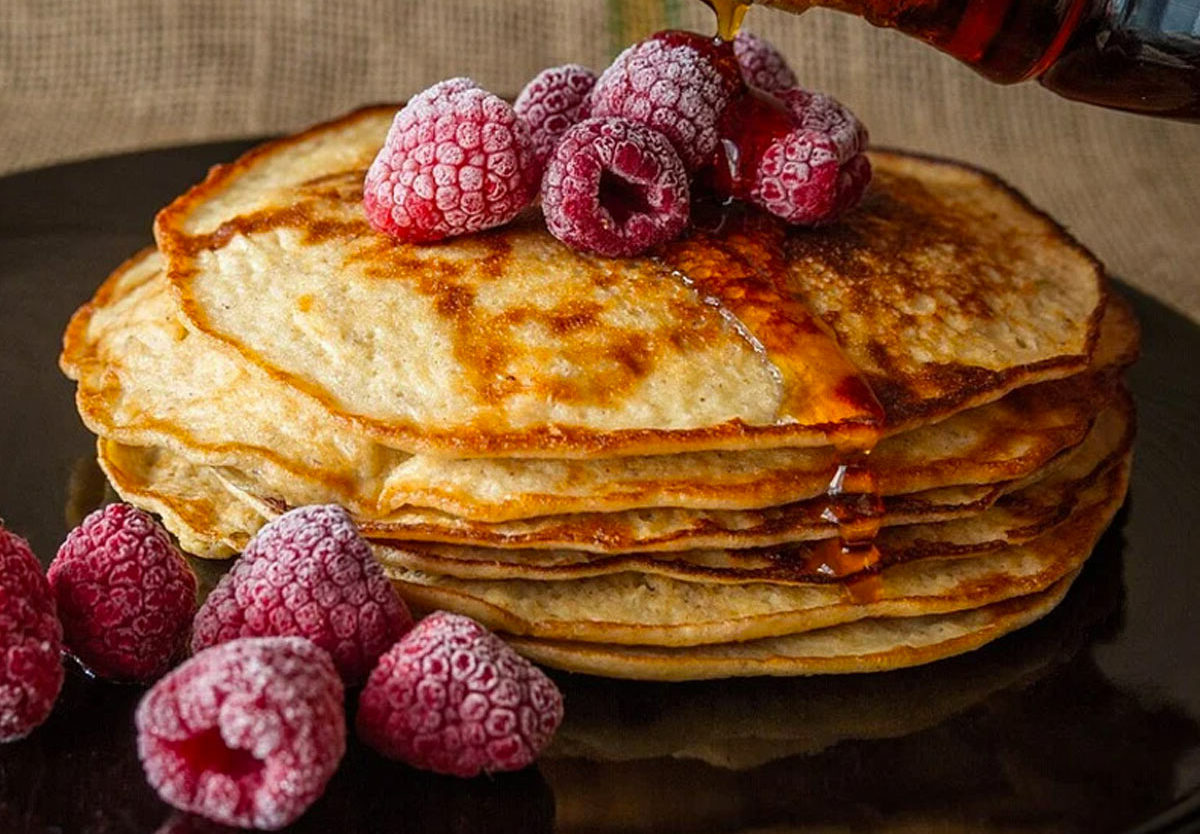
Slovenia, a small yet stunning country in Central Europe, is a treasure waiting to be explored. Bordered by Austria, Hungary, Croatia, and Italy, it offers a diverse landscape from the Julian Alps to the Adriatic Sea. With a population of around 2.1 million, Slovenia boasts a rich history, vibrant culture, and breathtaking natural beauty. Ljubljana, the capital, charms visitors with its picturesque Old Town and lively riverside promenade. Known for its medieval castles, ancient ruins, and lush forests, Slovenia is also home to the oldest vine in the world and the famous Lipizzaner horses. Whether you're into outdoor adventures, historical sites, or culinary delights, Slovenia has something for everyone.
Key Takeaways:
- Slovenia, a small yet diverse country in Central Europe, offers stunning landscapes from towering mountains to serene coastlines. Its rich history, vibrant cities, and outdoor activities make it a must-visit destination for travelers.
- With a population of approximately 2.1 million, Slovenia boasts a rich cultural tapestry, diverse ethnic groups, and a commitment to sustainability. Its well-preserved historical sites and commitment to peace make it an attractive and peaceful tourist destination.
Location and Geography
Slovenia, a small yet diverse country in Central Europe, offers a stunning array of landscapes. From towering mountains to serene coastlines, it has something for everyone.
- Slovenia is bordered by Austria to the north, Hungary to the northeast, Croatia to the south, and Italy to the west.
- The country is divided into four major regions: the Alpine region, the Kras (Karst) region, the Subpannonia region, and the Mediterranean coast.
Capital City and Major Cities
The capital city, Ljubljana, is a vibrant hub of culture and history. Other cities also contribute to Slovenia's charm.
- Ljubljana, the capital, is known for its picturesque Old Town, Ljubljana Castle, and the lively riverside promenade along the Ljubljanica River.
- Maribor, the second-largest city, boasts a vibrant cultural scene and historic buildings.
- Other major cities include Celje, Kranj, and Koper, each with its unique attractions.
Population and Language
Slovenia's population is small but diverse, with a rich linguistic heritage.
- As of 2023, Slovenia's population is approximately 2,119,675 people.
- The median age is 44.5 years, with a population growth rate of 0.13%.
- The official language is Slovenian, a South Slavic language unique to the country.
- English is widely spoken, especially among younger people and those in the service industry.
Historical and Cultural Highlights
Slovenia's history and culture are deeply rooted in its traditions and historical events.
- Slovenia boasts the largest number of religious buildings per capita in Europe, with over 3,000 churches, chapels, and religious monuments.
- Maribor is home to the oldest vine in the world, the Zametovka vine, which is over 400 years old and still produces wine.
- The Lipica Stud Farm, established in 1580, is the oldest European stud farm continuously breeding Lipizzaner horses.
- The first Slovene book, a Catechism, was written in 1550, marking the beginning of Slovene literature.
- Dr. France Preseren, considered the greatest Slovene poet, has a stanza from his poem ‘A Toast’ used as the national anthem's lyrics.
- During World War I, the Isonzo Front ran across Slovene territory, significantly impacting its history.
- Slovenia’s War of Independence in 1991, also known as the Ten-Day War, marked the country's transition to independence from Yugoslavia.
Natural Beauty and Outdoor Activities
Slovenia is a paradise for nature lovers, offering a variety of outdoor activities and stunning landscapes.
- Over 60% of Slovenia's land is covered in lush forests, picturesque lakes, and breathtaking mountains.
- Lake Bled, with its iconic island featuring a medieval castle and a church, is one of Slovenia's most famous tourist destinations.
- Slovenia is abundant in natural thermal springs and spas, with Terme Čatež being the largest.
- Renowned ski resorts such as Kranjska Gora, Vogel, and Mariborsko Pohorje attract winter sports enthusiasts.
- The Vilenica cave, the oldest show cave in Europe, has been a popular tourist destination since 1633.
- The canteen in the Velenje coal mine is the lowest-lying dining room in Europe, located 160 meters below the surface.
- The longest stone-arch railway bridge in the world is located in Slovenia.
- Slovenia is home to numerous national parks and protected areas, including the Triglav National Park.
Festivals and Cuisine
Slovenia's festivals and cuisine reflect its rich cultural heritage and traditions.
- Slovenia hosts many gastronomic festivals, including the Saltworkers’ Festival, the Cabbage Festival, Chestnut Sunday, and Bean Day.
- The Kurentovanje carnival in Ptuj is one of the most ethnologically significant Slovenian carnival festivals.
- Potica, a nut roll made with honey and walnuts, is a typical Slovenian festive dish known worldwide.
- Slovenia's vineyards cover 216 square kilometers, producing high-quality wines.
- The traditional wooden Pletna boats have been transporting visitors to Bled Island for centuries.
Modern Achievements and Recognition
Slovenia has made significant strides in various fields, earning recognition and accolades.
- In 2016, Ljubljana was awarded the title of European Green Capital for its commitment to sustainability.
- Martin Strel, a Slovenian ultra-marathon swimmer, was the first man to swim the Amazon and Mississippi rivers.
- Slovenia joined NATO and the European Union in 2004 and adopted the euro in 2007.
- Slovenia became a member of the Organisation for Economic Co-operation and Development (OECD) in 2012.
Economy and Resources
Slovenia's economy is diverse, with rich natural resources and a strong commitment to sustainability.
- Slovenia is rich in natural resources, including lignite coal, lead, zinc, building stone, and hydropower.
- Around 8.53% of Slovenia's land is used for arable crops.
- The country experienced significant economic prosperity in the late 20th century, attracting many migrants from the Balkans.
Demographics and Society
Slovenia's population is diverse, with a mix of ethnic groups and religions contributing to its rich cultural tapestry.
- The majority of the population is Slovene, with 83.1% identifying as such.
- Other significant ethnic groups include Serbs, Croats, and Bosniaks, making up around 6% of the population.
- Slovenia is predominantly Catholic, with around 57% of the population identifying as Catholic.
- The life expectancy in Slovenia is high, with an average of 80.66 years for the total population.
- Around 50% of the population lives in urban areas, with a rate of urbanization of 0.2% annual rate of change from 2010 to 2015.
- Slovenia has a net migration rate of 1.2 migrants per 1,000 population.
- The birth rate in Slovenia is 9.00 births per 1,000 population.
- The death rate in Slovenia is 11 deaths per 1,000 population.
Tourism and Attractions
Slovenia has become an increasingly popular tourist destination, offering a diverse range of experiences for travelers.
- Slovenia's well-preserved historical sites, delicious cuisine, and charming villages attract visitors from around the world.
- The country's diverse landscapes make it an attractive location for film productions, with some scenes from "Chronicles of Narnia: Prince Caspian" filmed in the Soca Valley.
- The Celica Hostel in Ljubljana, a former military prison, offers a unique accommodation experience with imaginatively designed cells.
- Slovenia's commitment to peace is reflected in its ranking as the seventh most peaceful country out of 163 nations in the annual Peace Index.
- Slovenia's historical ties to Western Europe have significantly influenced its political and economic development.
- The warm hospitality and friendliness of the Slovenian people further add to the allure of this extraordinary destination.
Slovenia: A Hidden European Gem
Slovenia is a small country packed with natural beauty, rich history, and vibrant culture. From the Julian Alps to the Adriatic Sea, its landscapes are breathtaking. Ljubljana, the capital, charms with its old town and riverside promenade. Lake Bled and its island castle are iconic. Slovenia's Lipizzaner horses and the oldest vine in Maribor highlight its unique heritage. The country is a haven for nature lovers and adventure seekers with its forests, lakes, and ski resorts. Cultural festivals and gastronomic delights like potica add to the experience. Slovenia's peaceful nature and high quality of life make it a standout destination. Whether you're exploring medieval castles or relaxing in thermal spas, Slovenia offers something for everyone. This hidden gem in the heart of Europe is waiting to be discovered.
Frequently Asked Questions
Was this page helpful?
Our commitment to delivering trustworthy and engaging content is at the heart of what we do. Each fact on our site is contributed by real users like you, bringing a wealth of diverse insights and information. To ensure the highest standards of accuracy and reliability, our dedicated editors meticulously review each submission. This process guarantees that the facts we share are not only fascinating but also credible. Trust in our commitment to quality and authenticity as you explore and learn with us.


